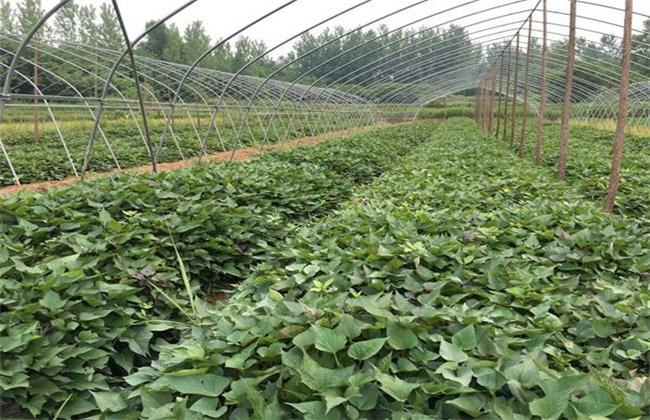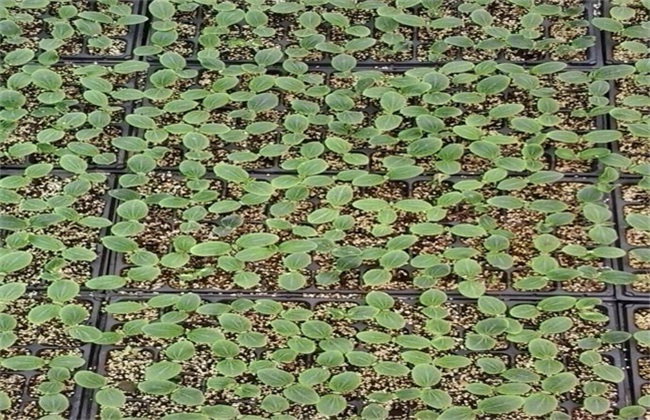Rice field management technology
Rice is the main food plant in most parts of the country, and there is an absolute market demand. In recent years, a large number of high-quality varieties have been cultivated, and the yield of rice has been continuously improved. The field management technology after planting determines whether the yield can be increased, if the late management is not in place, it may not reach the pre-production, but also cause certain losses. Today, let's learn the late field management techniques of rice.

1. Fertilization period
First of all, the annual base fertilizer was applied before transplanting, in which the amount of nitrogen fertilizer used was about 1/4 of that of the year before last, and the amount of potash fertilizer used was about 2/4 of the whole year. When the leaves grow to about four true leaves, panicle fertilizer should be used in order to sprout rice ears, increase grain weight and ensure yield and quality. When in use, if it is high temperature and heavy rain, we should observe whether there are diseases in the field. If there is no occurrence of rice blast, it can be applied early, and it needs to be applied late after prevention and control. Panicle fertilizer generally accounts for about 1/4 of the compound fertilizer of the whole year. Regulatory fertilizer can be used during the growth period when there is a lack of fertilizer and poor growth, irregularly and quantitatively, observe the plant, and find out what is missing for supplement.
2. Moisture control
Rice needs a lot of water throughout its growing period. After planting, the seedling stage was irrigated once, and the shallow water was kept for a certain time, during which it was replenished in real time, and there was basically no change at this time. In the main summer growth period, jointing stage, the need for more water, generally up to 10 channels of about 20 centimeters or so. In case of late spring cold, re-irrigation needs to wait for the temperature to rise, and the need to deepen the water layer. The purpose of drying the field for three to four days before heading is to maintain the roots and prevent lodging. Maintain the shallow water layer after heading, maintain three to five centimeters of water after heading, and stop irrigation after fixing the pulp.
3. Disease control
After certain true leaves grow at the seedling stage, adding rice liquid spray is used to control bacterial brown spot; in high temperature and rainy season, the whole plant should be sprayed with distemper amide suspension to control the occurrence of rice blast, and whether there are sheath blight and Sclerotinia sclerotiorum and other diseases are observed before the flag leaf stage. in some cases, relevant pesticides should be used to control rice neck blast, brown panicle and other diseases at heading stage. Rice borers and leaf rollers often occur in rice, which are controlled by methamido spray at the base of the stem.
Water to field management measures are mainly the above, of course, specific analysis of the specific situation, understand these simple relevant knowledge, for the actual operation will have a certain help, then I believe it will be able to improve the yield and quality of rice.
Related
- The first cup of black tea in spring, the flavor and history of tea gardens in Kenya, Africa
- The computer can not only choose potatoes, but also grow tea rice. AI will grow winter oolong tea champion.
- It is not only the inflated tea bitten by insects, but also engraved with the four seasons tea in Beipu.
- The Oriental Beauty Tea Festival in Zhuxian County takes the stage at the weekend to experience the plus-size feast of oil tea.
- & quot; Oriental Beauty Tea & Exploration of Emei in Hsinchu, the hometown of quot;
- The new variety of strawberry "Tainong 1" dessert is the first choice with mellow aroma. Crimson gorgeous
- History of Tea in Taiwan: from Wild Inner Mountain to Export Tea Garden
- Two types of Taiwan Oriental Beauty Black Tea won the British three-Star Award for Childhood Tea Xiang Zhang Jiaqi changed from pilot to champion tea maker.
- Banana species and varieties: the planting history of Taiwan Xianren banana and dwarf banana is long, is banana disease resistant?
- Coffee planting Technology: Qianjie Coffee from Seedling to harvesting



